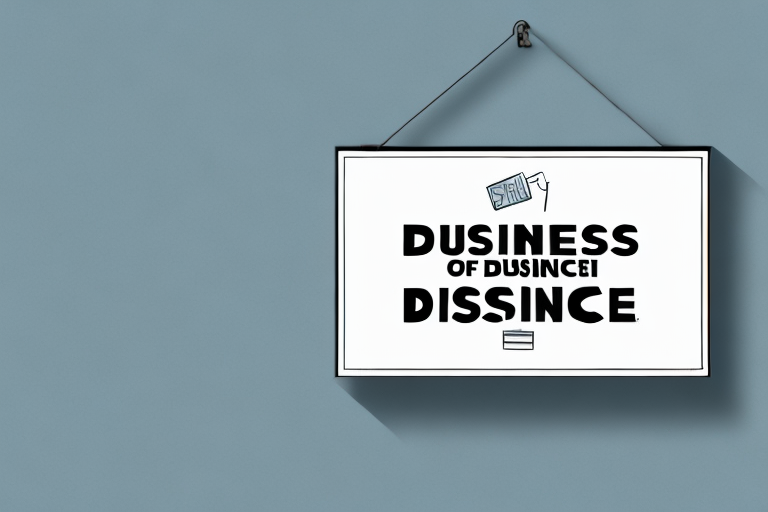Maximizing Savings: How to Find Discounts for Your Small Business
As a small business owner, managing costs is crucial for maintaining profitability and fostering growth. One effective way to achieve this is by identifying and leveraging various discounts available to your business. This guide delves into the significance of discounts for small enterprises and offers actionable strategies to help you find and utilize them effectively.
The Importance of Discounts for Small Businesses
Discounts play a pivotal role in enhancing your business's financial health. By reducing expenses, you can either bolster your profit margins or offer competitive pricing to attract customers. According to a 2022 SBA report, small businesses that effectively manage costs are 50% more likely to sustain operations over five years.
- Increased Profit Margins: Lower operational costs directly enhance your bottom line.
- Competitive Pricing: Passing savings to customers can make your offerings more appealing.
- Customer Acquisition and Retention: Attractive discounts can draw in new customers and build loyalty among existing ones.
- Inventory Management: Discounts help in clearing out old or slow-moving stock, making room for new inventory.
However, it’s essential to implement discounts strategically to avoid devaluing your products or eroding profit margins.
Identifying Your Business Needs and Optimal Timing
Assessing Your Business Needs
Begin by evaluating where discounts can make the most impact. Consider areas such as:
- Supplies and Equipment: Essential for daily operations.
- Services: Marketing, software subscriptions, and professional services.
- Customer Discounts: To boost sales volume and customer loyalty.
Understanding your priorities will help you target the right discounts that align with your business objectives.
Strategic Timing of Purchases
Timing can significantly influence the discounts you receive. Many suppliers offer discounts during specific seasons, fiscal year-end, or when introducing new products. According to a Harvard Business Review article, planning purchases during these periods can lead to savings of up to 20%.
Additionally, bulk purchases or consolidating orders can make you eligible for volume discounts, further reducing costs.
Exploring Various Types of Discounts Available
Discounts come in multiple forms, each serving different business needs:
- Volume Discounts: Offered when purchasing large quantities, reducing the per-unit cost.
- Loyalty Discounts: Rewards for repeat customers, fostering long-term relationships.
- Seasonal Discounts: Available during specific times of the year, such as holidays or end-of-season sales.
- Promotional Discounts: Designed to attract new customers or promote new products/services.
- Early Payment Discounts: Incentives for paying invoices ahead of schedule.
By understanding these discount types, you can better negotiate and select the ones that best fit your business model.
Effective Strategies to Find and Secure Discounts
Negotiating with Vendors
Building strong relationships with suppliers can open doors to better pricing. Don’t hesitate to negotiate terms or ask for discounts, especially if you're a loyal customer or planning significant purchases. Research indicates that effective negotiation can save businesses up to 15% on procurement costs (McKinsey & Company).
Leveraging Social Media and Newsletters
Many companies announce exclusive deals and discounts on their social media platforms and through email newsletters. By following your preferred vendors on platforms like Facebook, Twitter, and Instagram, you can stay informed about the latest promotions. Additionally, subscribing to newsletters ensures you receive updates directly in your inbox.
Joining Trade Associations
Trade associations often negotiate group discounts on behalf of their members. By joining relevant associations, your business can benefit from collective bargaining power. For example, the National Association for the Self-Employed (NASE) offers various discounts on business services to its members.
Utilizing Government Programs and Grants
The government provides numerous programs and grants aimed at supporting small businesses. These can include discounts on business services, tax incentives, and direct financial assistance. Visit the Small Business Administration (SBA) website for comprehensive information on available programs and eligibility criteria.
Maximizing Benefits: Tax Deductions and Strategic Planning
Maximizing Tax Deductions with Business Discounts
Properly documented discounts can be claimed as business expenses, reducing your taxable income. Ensure that all discounts related to business operations, such as supplier discounts or promotional expenditures, are accurately recorded. Consulting with a tax professional can help you navigate eligible deductions effectively.
Developing a Discount Strategy Aligned with Business Goals
A well-crafted discount strategy should support your overall business objectives. Consider the following when developing your approach:
- Target Audience: Tailor discounts to meet the preferences and behaviors of your customer base.
- Timing: Schedule discounts to coincide with peak sales periods or slow seasons to optimize impact.
- Metrics: Establish key performance indicators (KPIs) to measure the effectiveness of your discount campaigns.
Regularly review and adjust your strategy based on performance data to ensure sustained benefits.
Measuring Impact and Avoiding Common Pitfalls
Assessing the Financial Impact of Discounts
Track the correlation between discounts offered and your business’s financial performance. Tools like QuickBooks or FreshBooks can help monitor expenses and revenue changes resulting from discount strategies.
By analyzing this data, you can determine which discounts are most effective and adjust your approach accordingly.
Avoiding Common Discounting Pitfalls
While discounts can be beneficial, mismanagement can lead to negative outcomes:
- Over-Discounting: Excessive discounts can erode profit margins and devalue your brand.
- Lack of Clear Terms: Ambiguous discount conditions can lead to customer dissatisfaction and legal issues.
- Poor Timing: Offering discounts at the wrong time can disrupt sales cycles and inventory management.
- Neglecting Quality: Prioritizing discounts over product or service quality can harm your reputation.
To mitigate these risks, maintain a balanced discount approach, clearly communicate terms, and prioritize maintaining high-quality offerings.
Conclusion: Implementing a Successful Discount Strategy for Your Small Business
Implementing an effective discount strategy requires careful planning and execution. By understanding the importance of discounts, identifying your business needs, exploring available discount types, and employing strategic methods to secure them, you can significantly enhance your business's financial health. Additionally, maximizing tax benefits and avoiding common pitfalls will ensure that your discount efforts yield long-term success. Start integrating these strategies today to drive your small business towards sustained growth and profitability.






















